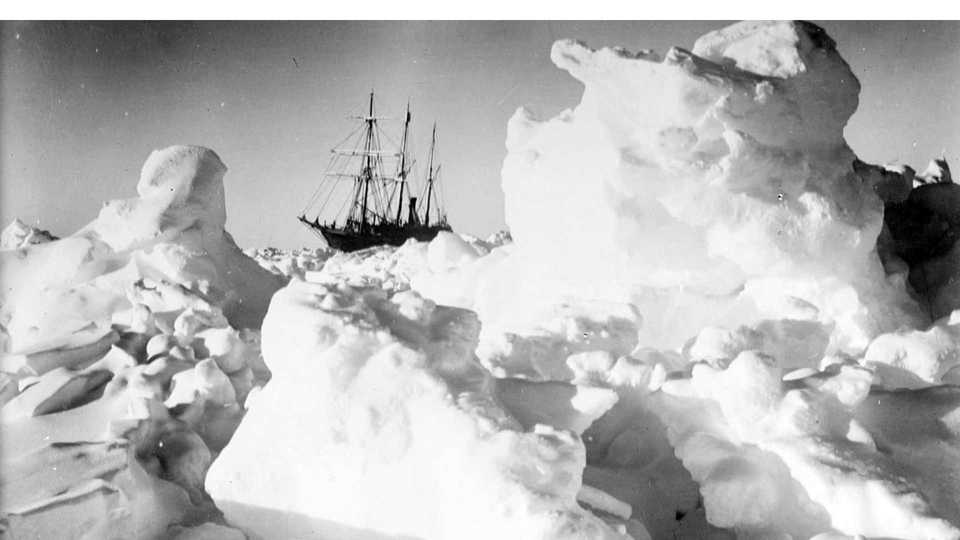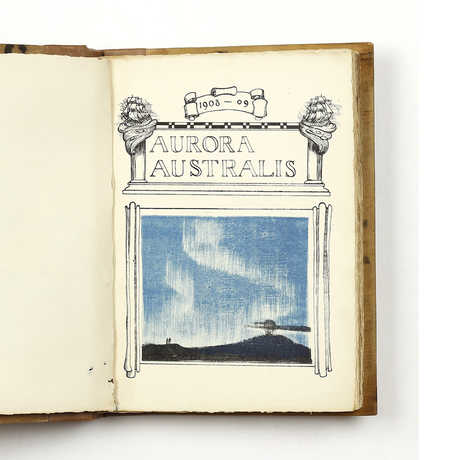Why 100 vignettes? The number is significant to the project in three ways. As I mentioned, the U.S. ships nearly 100% of its refuse off the southern continent. Secondly, the number commemorates the centenary of an early instance of polar recycling. In 1908, Ernest Shackleton fashioned wooden covers from provision crates to bind numerous copies of Aurora Australis, the first book ever published in Antarctica. (This is a fascinating story -- look for a separate post on this shortly.) In an homage to this legacy, each of my 100 vignettes will symbolically correspond to each year passed since Shackleton's example of innovation and resourcefulness. Thirdly, the number represents a coming century (at least) of sustainability. Hence the title The Long View.
By using material unique to each of the three research station's fields of study, the vignettes will differentiate to form a comprehensive picture of each. For example, I expect to find more recyclables relating to biological and oceanographic fields of study at McMurdo, while South Pole will be heavier in astrophysics and geomagnetism. These reclaimed elements will be the centerpiece of each artwork. I'll supplement these compositions with my own drawings, materials, forms, colors, textures, and pigments in order to create a uniquely Antarctic 'portrait.' To this end, I'll also use my time at McMurdo, South Pole and the Dry Valleys to sketch, photograph, and otherwise document the technologies and practices of Antarctic researchers more extensively than could otherwise be possible. Contact with scientists in the field is valuable to my inquiry. I hope to converse with them, take notes, and join excursions if possible, which will all feed into the artwork's imagery -- and consequently, into this blog.
Here's the anticipated timeline: From December 15 through 25, I'll be in Singapore with family; then off on my own to Christchurch, New Zealand where the U.S. Antarctic Program will outfit me with ECW (Extreme Cold Weather) gear. On December 30, it's on to Antarctica to collect cool stuff to make art with. Then back to Christchurch on January 23 to surrender the ECW, and on to San Francisco on January 28 to build the Long View artwork in the coming months. The entire process will be documented online here exclusively, so please visit often.
I'll also be posting information about upcoming presentations and workshops at colleges, art venues, K-12 youth arts programs and, of course, the California Academy of Sciences. Much gratitude to the Academy for its enthusiastic support of my work and the opportunity to share it with a broad, diverse audience. For me, this project promises to be the learning and creative experience of a lifetime. Thanks for tuning in.

